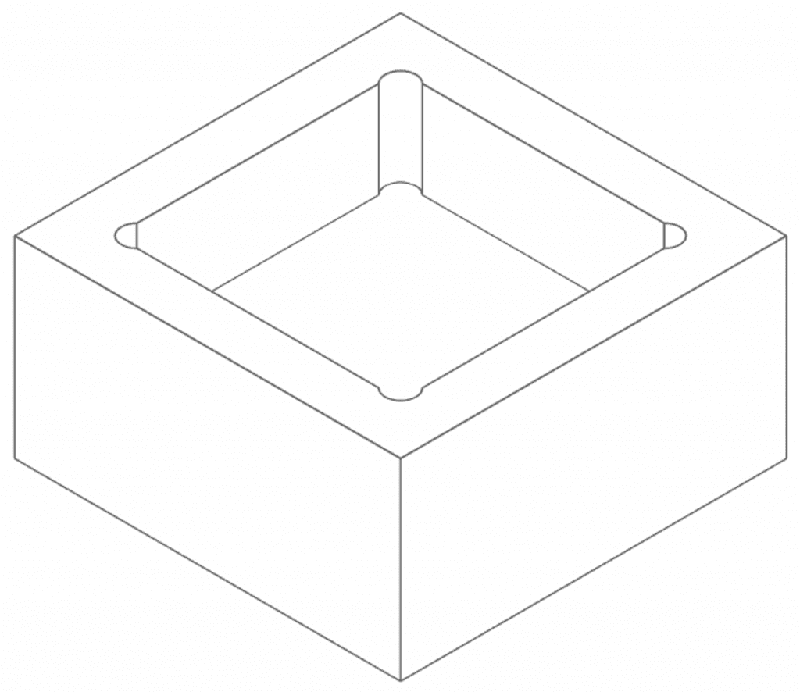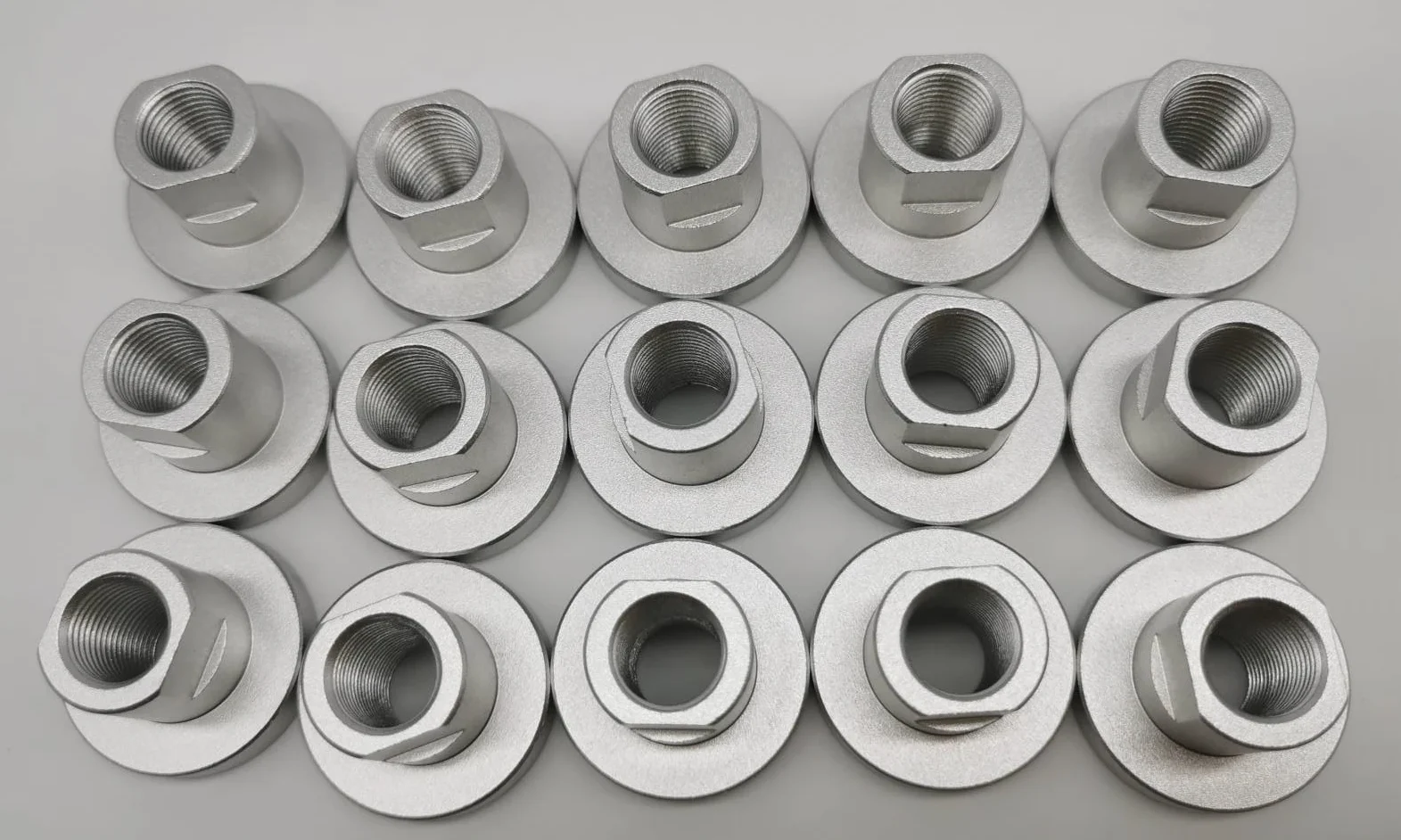How to Get Square inside Corners in CNC Machining
Updated: December 04, 2023
Introduction
Sharp corners in CNC machining present a significant design issue. The thing is that no conventional milling or turning process can actually get to shape them correctly because of inaccessible corner geometry. Any attempt with round cutting tool will only result in the production of rounded corners
Let’s review the issue in great detail. You will learn how to preserve sharp edges in your design, if necessary, and how to design parts, so no such issues exist.
1. What is Square Inside Corner?
The specificity of CNC machining is that cutters used in it have a circular cross-section rotated at high speeds to make the machining process even possible. Combined, it makes internal corners inaccessible to cutters using regular machining methods like milling.
Here it’s vital to differentiate between internal and external corners. If the tool path can be guided from the outside of the part, there is no problem in shaping a perfect square. Yet, internal corner radii still cannot be executed by drill bits, milling tools, or any other cutter. Take a look at what internal and external corners look like in the image below.
Besides, take a look at what Square inside corner issues look like in the image below.


2. How to Machine Square Corner ?
Now, let’s proceed with ways to address the issue at reasonable machining costs.
2.1. Adding Radiused Corners (Fillets)
Probably, the simplest way to resolve the issue is to shape the internal square with the round cutter of the smallest radius. It will produce radiused corners, also known as fillets. They are perfectly finding if the components do not interact with other parts. Fillets also give your end products an aesthetic look.
It’s important to remember the specificities of using tools of the smallest diameters. With them, it takes longer to cut the material of the workpiece. Besides, the more durable the material is, the larger tool you will have to use to avoid cutter fails.


2.2. Making Undercut in the Corners
In case you need to fit one component into another, and some additional material removal doesn’t seem to be the issue, an undercut may work perfectly for you. Here are two techniques for forming undercuts:
- One-sided undercut. This type of undercut is the easiest one. All you need to do is to cut half the diameter of the cutter toward one of the axes. It will produce a complete square with four undercuts protruding forward.
- Two-sided undercut. This is a more complex but better-looking and more well-performing type of undercutting. It involves cutting half the diameter of a cutting tool on the diagonal of an internal corner. Such an approach balances the corners and removes the least material.
Consider making undercuts parts of your end design, and you will see absolutely no issue with them. The extra tip is using 0.010″ on a 0.25″ radius undercut for most designs unless otherwise is specifically requested.


3. How to Design Parts for CNC Machining?
Yet, you should consider additional aspects on the stage of designing and programming for any of the listed methods to work well. For example, additional attention should be paid to wall thickness, cavity sizing, and tolerances.
In case you need the assistance of qualified engineers for your project —- Contact ECOREPRAP with additional details. We offer instant quotes and free consultation with our experts. Let professionals do designing and manufacturing for your business.


